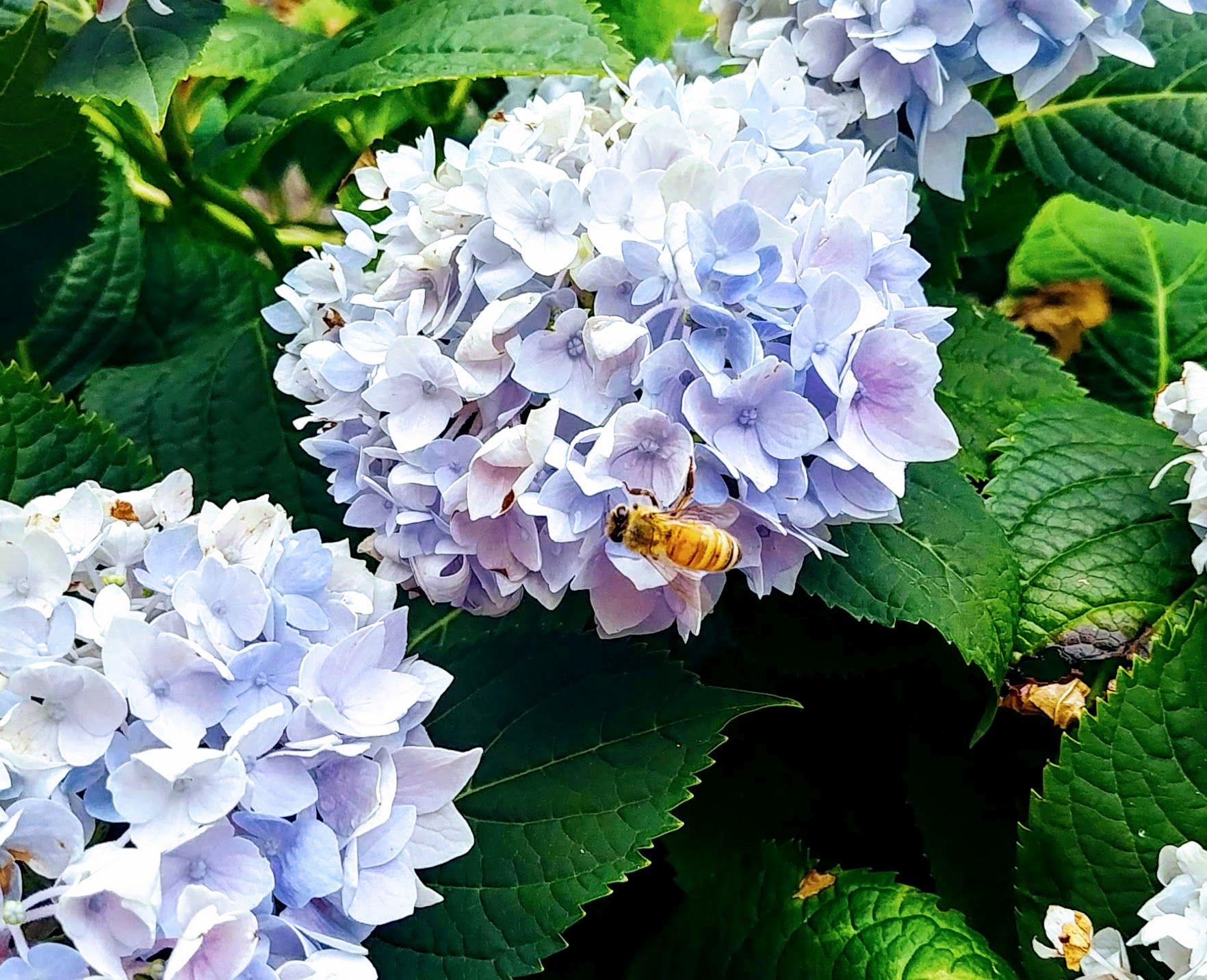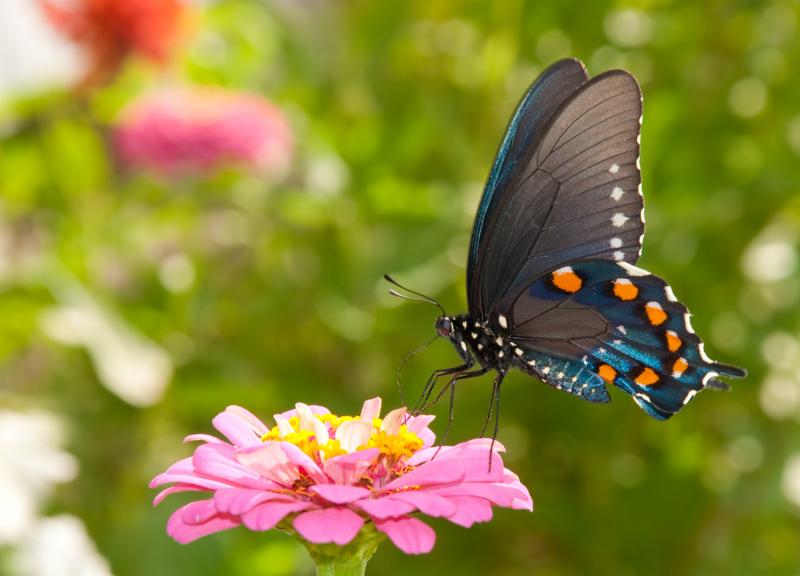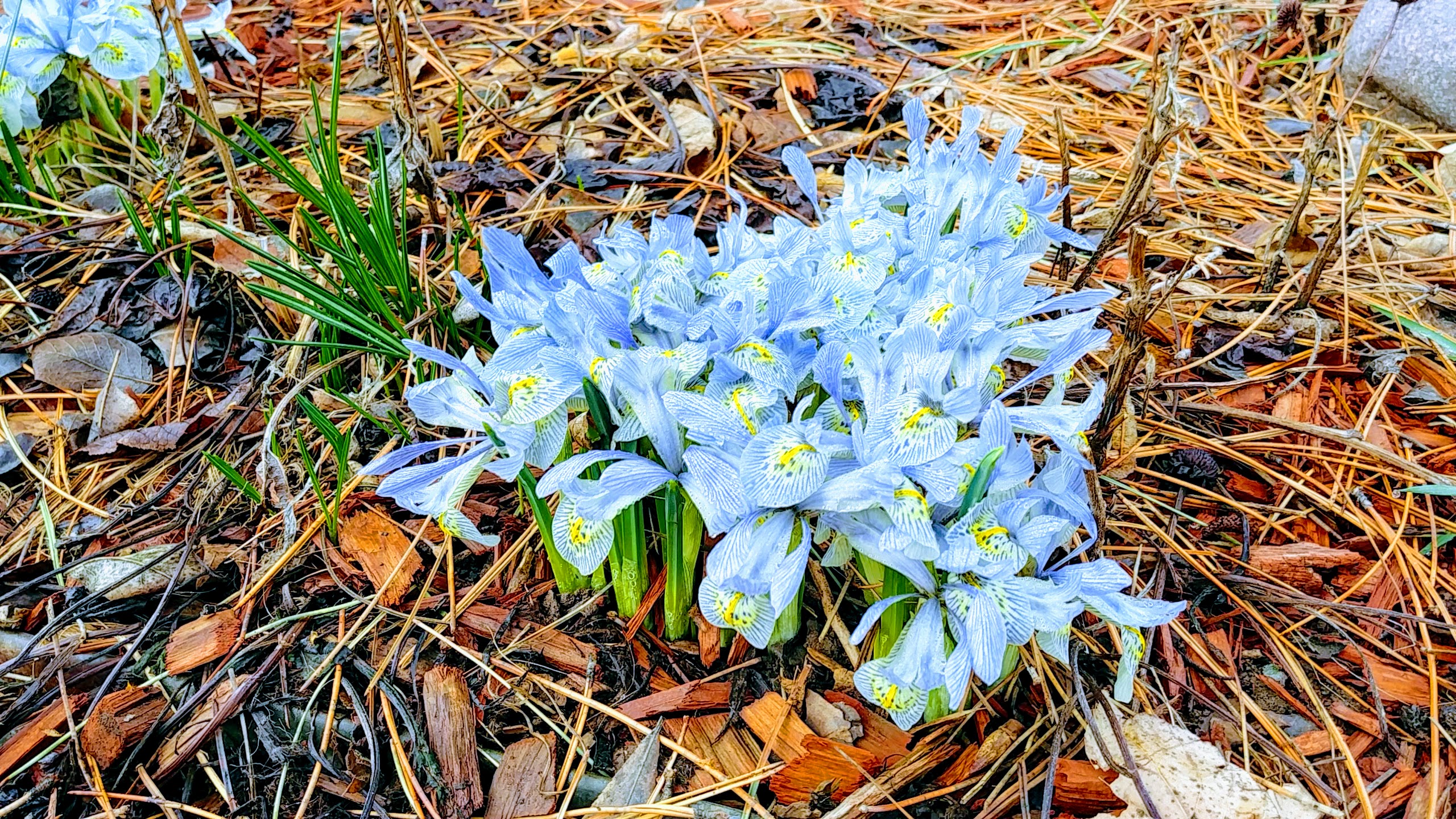
Beekeeping is not easy. Beekeeping is a science, an art, and maybe a little personal beek magic to learn over the course of many years. About the time you think you know enough to keep a beehive alive through a harsh winter, there is more to learn. There is definitely some anguish and pain in losing your first hive. In the past few years, there has been a resurgence of interest in bees. From groups that encourage plants for pollination to more people taking on beekeeping as a hobby, the lovely bee is creating a wonderful following. So, as a homeowner or just someone who wants to learn, here are some things to know about bees.
Things to Know About Bees
- The bee most recognized as the honey bee, the (Western or European bee), lives an average of 6 weeks.
- There are tens of thousands of generations of bees in one hive that live and die as new bee eggs are laid, hatch, become adult worker bees and die.
- A beekeeper’s goal is to give them the best 6 weeks possible, food, water, shelter, protection from the environment, predators, and chemicals.
- Bees have a natural need to care for their many generations of young, tidy up their home, forage for food, bring water to the hive, prepare a continuous nursery for the next generation through a good laying queen and building comb, keep the hive warm at a fairly constant 95 degrees, and move the dead on.
- During a bee’s life, a bee may take on the role of nursemaid to the young, housekeepers, home (comb builders), foragers, and caretaker of the dead.
- A beekeeper is primarily managing an apartment. He/she is managing space for an everchanging population. The colony may be small after winter and need to be reduced to a smaller “apartment” or nuc. The smaller space allows the smaller colony to better keep warm and manage the young being laid by the queen. Basically, less space to cover and take care of. A colony may expand in the spring and early summer as the queen’s laying increases, the weather is warmer, the honey flow begins, and food storage space is needed.
- There is constant pheromone communication going on between the different worker bees about what is needed for the hive. Is it to build more cells for the queen to lay eggs? Is it food? Is it managing robber bees in late summer? They are also constantly signaling to the queen where the new clean cells are to lay eggs.
- A productive queen will lay one cell a minute during the high season of May to September (in the Rocky Mountain regions). That’s a lot of bees!
If we care for them, we get this as a bonus.

Pretty. Amazing.
A friend recently came over for a patio COVID-19 chat and as we sat in the arbor shade enjoying a slow afternoon, she remarked at how busy the bees were that afternoon. She mused if there was something we could learn from the bees.
Yes, the bees at mid-day appear to be working non-stop, in tandem, like planes on a runway, waiting to take off and land. No one appeared to be fussing. It seemed OK for some to be resting and cooling off on the side of the lower deep, while others are working fastidiously in the mid-day warmth. They are not frittering their time on useless tasks. Everything they do appears to be for the good of the colony. Here in Colorado, as with many Northern states, we have about five months with the bees to get them ready for the low-foraging season of fall and then winter. A strong, healthy colony is as disease-free as possible, has food stores, and living space to weather the upcoming winter.
How do we rank as disease-free and healthy? How are our communication skills to get things done in a timely fashion? How is our space and food management? Our tidiness with life down to the physical strength to take care of our dead? How important is creating a future for our generations to live, be healthy, and contribute to a community? Where can we “swarm” and expand to grow a new colony? And most importantly, how do we cross-pollinate ideas for the future?
So, next time you see a bee, know that she goes back to her hive with a heavy load of food or water for the group. She is at the end stage of her life – the last 20 days. She is giving her all with her flights to give us 1/12th of a tsp of honey for the colony, and maybe for our enjoyment.





